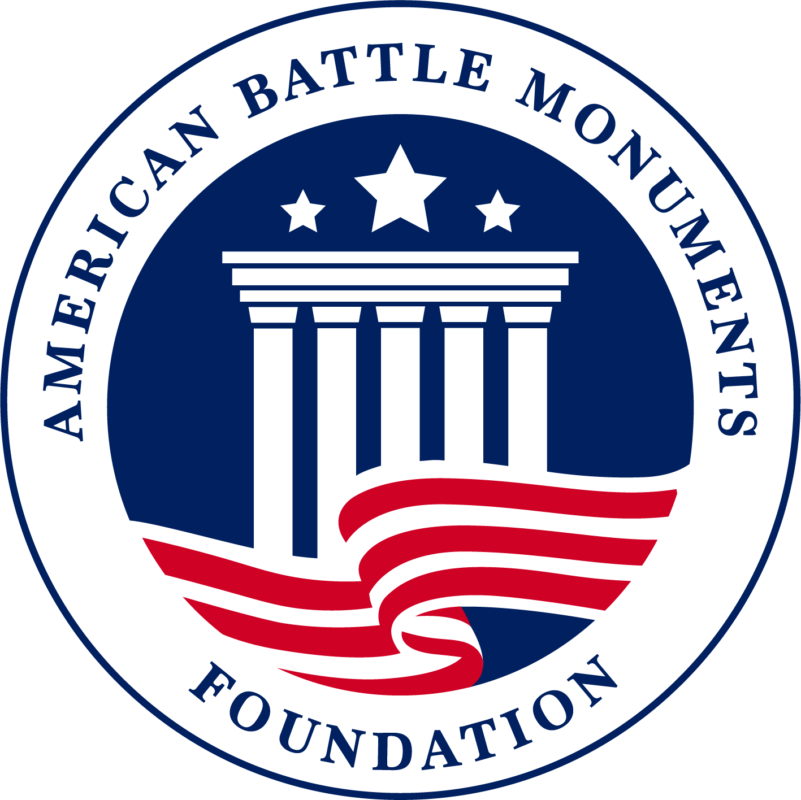“Never Home – Remembering the Military Heroes Who Never Returned”
Photographer and former U.S. Navy officer, Richard Sherman, tells the stories of “Never Home – Remembering the Military Heroes Who Never Returned.” Nearly 234,000 American servicemen and women are buried or memorialized at the hallowed sites managed by the American Battle Monuments Commission.
0:18 – 1:55 How a cab driver from Ukraine inspired Rich Sherman’s emotional journey to photograph and write the book.
2:18 – 4:45 WWI Somme American Cemetery is an intimate and accessible site north of Paris. 1,844 American service members are buried, and 333 are memorialized at this hallowed site.
4:46 – 6:12 People living near the ABMC cemeteries continue to demonstrate their gratitude for America’s fallen heroes.
6:17 – 7:16 People in nearby villages dress their best to remember those who gave their last measure to overcome tyranny.
7:17 – 8:59 WWII Manila American Cemetery in Luzon, Philippines, is the largest ABMC site with 16,978 American service members buried and 36,286 memorialized. Sailors from the USS Indianapolis that carried uranium for the atomic bomb and soldiers of the Philippine Scout resistance movement are among those in this final resting place.
9:00 – 10:52 WWII Normandy American Cemetery was the backdrop for a unique and impactful panoramic image of WWII veterans who attended the 75th-anniversary commemoration. At the 80th anniversary, 202 WWII veterans made the trek to the infamous D-Day battlegrounds.
12:30 – 16:08 WWII Netherlands American Cemetery and the story of 2LT Charles Summers, USAAF, the first American KIA in Europe during WWII.
16:10 – 18:08 Aviators of the WWII Lafayette Escadrille and the incredible response of gratitude at the Memorial in Marnes-la-Coquette, France.
18:08 – 20:48 Ohio River steamboat clerk, WWI PVT Clyde T. Sherman, USA, 120th Infantry Regiment, was killed in action as his unit broke the previously impenetrable, six-layer German defense Hindenburg Line near Bellicourt, Belgium.
21:58 – 27:06 WWI Red Cross volunteers, twin sisters Dorothy and Gladys Cromwell, left their wealthy, cloistered lives to serve wounded soldiers in France. Suspected of suffering from PTSD, they committed suicide by leaping from their homebound ship. They are buried at Suresnes American Cemetery.
27:07 – 28:18 ABMC made a specific effort to bury or memorialize related family members together. Examples include the Ewing brothers (USN, Manila American Cemetery), the Sullivan brothers (USN, Manila American Cemetery), the Counihan brothers (USA, Sicily-Rome American Cemetery), the Tester brothers (USA, Henri-Chapelle American Cemetery), and the Roosevelt brothers (USA, Normandy American Cemetery).
28:19 – 32:14 Deeply respected and loved by his troops, BGEN Theodore Roosevelt, Jr., USA, landed as part of the first wave on D-Day at Utah Beach at Normandy. He died of a heart attack only six weeks later at the age of 56.
32:15 – 34:03 1LT Quentin Roosevelt, a daring WWI pilot with the 95th Aero Squadron, is the only child of a U.S. president to die in combat. Nearby American POWs wrote letters home saying that, upon learning he was the son of President Theodore Roosevelt, 1,000 Germans attended his burial with full battlefield honors. His body was moved in 1955 next to his brother at Normandy American Cemetery.
34:04 – 36:19 General George S. Patton is interred with his men at Luxembourg American Cemetery. A warrior in both WWI and WWII, Patton was a driving force in the advancements of tank technology, battlefield strategies, and building and training armored divisions.
36:20 – 38:24 Arguably the second-fastest runner in the world, CAPT Foy Draper, USAAF, ran at the 1936 Olympic Games in Berlin with Jesse Owens. Their gold-medal win was proof against Hitler’s racist dictums of Aryan superiority. Draper, a pilot of the A-208 Havoc twin-engine attack bomber, died in the pivotal Battle of Kasserine Pass. He is buried at the North Africa American Cemetery in Tunisia.
38:34 – 41:04 The three chapters of the book reflect one’s emotions when visiting any of the ABMC cemeteries. It is a journey of gratitude that gets into your soul.
41:05 – 42:25 ABMF’s mission is to Remember & Honor: Then, Now, Forever. “How can we say, ‘never forget,’ if we haven’t told the stories? How do you say, ‘thank you for your sacrifice’ to someone you’ve never met?”
